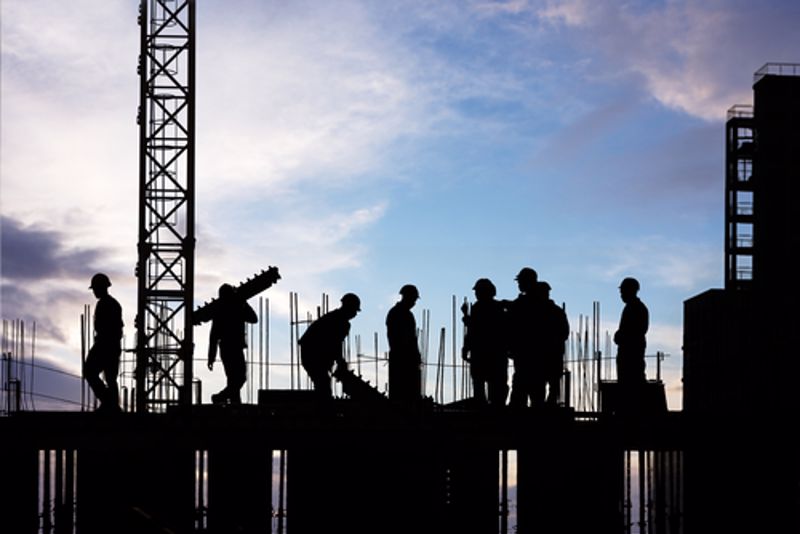While the higher price of borrowing money is largely to blame for the sales decline, the drop in starts has also been influenced by how much more it's costing contractors to build. And it appears high prices for materials like concrete, drywall and cement will continue for the foreseeable future.
According to the analysis of Turner & Townsend, a global real estate and infrastructure consultancy, residential building materials as a whole are expected to cost 7% more in 2023 than they did this year, Supply Chain Dive reported. They're also poised to climb again in 2024, but to a smaller degree, up 2.7%.
Michael Hardman, vice president of the United Kingdom-based real estate research firm, said that it's the recurrent nature of escalating prices for construction materials that is a major challenge for the industry's supply chain.
"[B]y 2024, we will have seen three years of dramatic price escalation," Hardman told Supply Chain Dive. "If projects — and compounding effect — are true, we will see material prices approximately 25% to 28% higher than they would have been by equivalence in 2020."

Home affordability at its worst since 2012
These market factors have also contributed to ever-escalating home prices, even though demand among buyers has trailed off considerably. In October, for example, the median price among existing homes was $379,100, according to the National Association of Realtors, despite sales falling 5.9% that month. The year-over-year increase marked the 128th consecutive month in which selling prices rose among all housing types, single-family, condo and otherwise. It comes as no surprise that housing affordability has reached a decade-long low point, based on analysis done by the National Association of Home Builders.
For the past several years, lumber has been the primary building material experiencing price growth, influenced largely by shortages as well as tariffs. But now that the cost of lumber has come down, prices for other key materials are on the rise. These include substances that are vital for foundations, like cement and concrete. According to Linesight, prices for these materials were up a combined 14% during the third quarter.
Robert Dietz, chief economist at NAHB, said that as a result 2022 is on track to be one of the quietest times in recent memory for homebuilding activity.
This will be the first year since 2011 to post a calendar-year decline for single-family starts, Dietz warned. "We are forecasting additional declines for single-family construction in 2023, which means economic slowing will expand from the residential construction market into the rest of the economy."
Limited inventory, fueled by the steep cost of building, is keeping home prices in elevated territory and budget-minded buyers on the sidelines.



Post A Comment:
0 comments so far,add yours